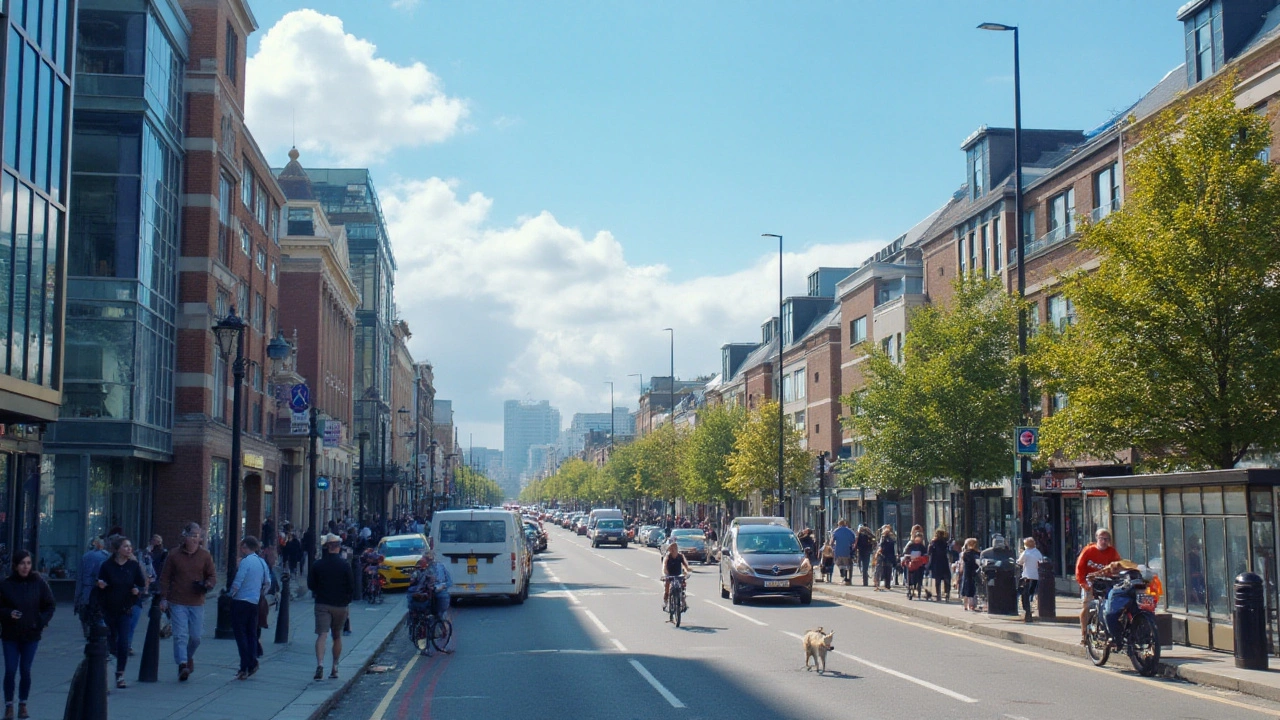Urban Congestion Explained – Why Cities Clog Up and Simple Ways to Ease It
Ever wonder why your commute feels like a hamster wheel? Urban congestion isn’t just about angry drivers; it’s a mix of design choices, population growth, and everyday habits. When streets fill up, air quality drops, stress spikes, and productivity takes a hit. The good news? Small changes—both personal and city‑wide—can cut the gridlock.
What Causes Urban Congestion?
The biggest driver is simple: more people, same roads. As cities expand, housing squeezes into former green spaces, leaving fewer routes for cars, bikes, and buses. Add in rush‑hour peaks, delivery trucks, and a love for single‑occupancy vehicles, and the streets become bottlenecks.
But it’s not just numbers. Poor road layouts—like narrow lanes, missing turn signals, or dead‑end streets—force traffic to circle back and forth. Public transport that’s infrequent or unreliable pushes commuters toward their own cars. Even zoning rules that separate work from home zones mean people travel farther each day.
Weather and events play a role too. A sudden downpour slows traffic, while concerts or sports games dump thousands of extra riders onto the same arteries. All these factors stack up, turning a smooth drive into a standstill.
How to Reduce the Gridlock
City planners have big tools: redesigning streets for bike lanes, expanding bus rapid transit, and using smart traffic signals that adapt in real time. Some cities charge drivers during peak hours—so‑called congestion pricing—to encourage off‑peak travel or car‑pooling.
On the personal side, you can make a difference without waiting for new infrastructure. Car‑pool with coworkers, use ride‑sharing apps that match multiple riders, or try out an e‑bike for short trips. If your job allows it, telecommuting just one day a week cuts the number of cars on the road.Timing matters too. Leaving 15 minutes earlier or later can move you out of the worst congestion window. Check real‑time traffic apps before you head out; they often suggest alternate routes that save both time and fuel.
Another tip: combine errands. Instead of three separate trips, load up everything in one go. Fewer stops mean less overall traffic pressure. And if you’re near a reliable public transport line, consider parking at the edge of town and hopping on a train or bus for the final leg.
Finally, support local policies that invest in pedestrian zones and green spaces. When cities prioritize walkability, fewer people need a car for everyday needs. It’s a win‑win: cleaner air, healthier residents, and smoother traffic flow.
Urban congestion feels inevitable, but it’s not set in stone. By understanding the root causes and taking practical steps—both as an individual and a community—you can help turn cramped streets into more livable corridors. Next time you’re stuck at a red light, remember: every small change adds up to a less jammed city.
Work-From-Home Policies: A Cure for Urban Traffic Congestion?
With the rising adoption of work-from-home policies, urban areas experience significant changes in traffic patterns. These shifts affect city life, local economies, and environmental sustainability. The transformation challenging city planners prompts a reevaluation of current infrastructure. From reduced rush hour snarls to increased flexibility, remote work revolutionizes urban landscapes. It's vital to explore both the short and long-term effects on cities and public transportation.
© 2025. All rights reserved.

